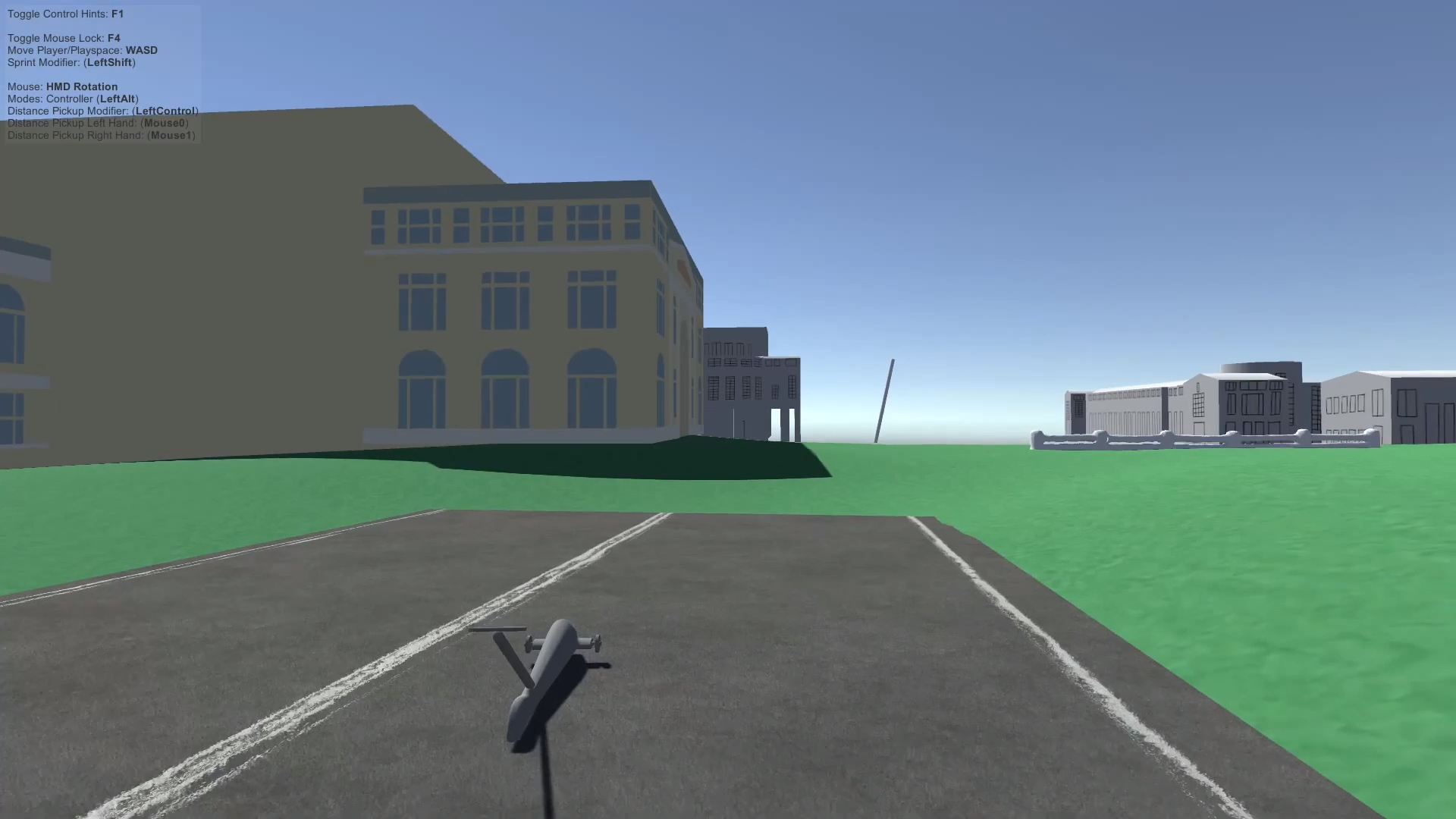As mentioned in last week’s post, the Alpha deliverable is when your game goes from being a simple concept or “tech demo” to a real game — or, at least, something that is starting to look and feel a bit more fun. Even the simplest visual tweak (such as changing from a gray background to green hills or a picture of a skyline) can really make things feel different!
In this post, we have:
- Pushing animations are in the game!
- Several new buggies
- Ideas for the “Disney” side of design
- Goals for the end of Alpha
As a head’s up, next week’s post (Week 07) will go live a couple of days later than usual, on Friday, March 6th.
Art
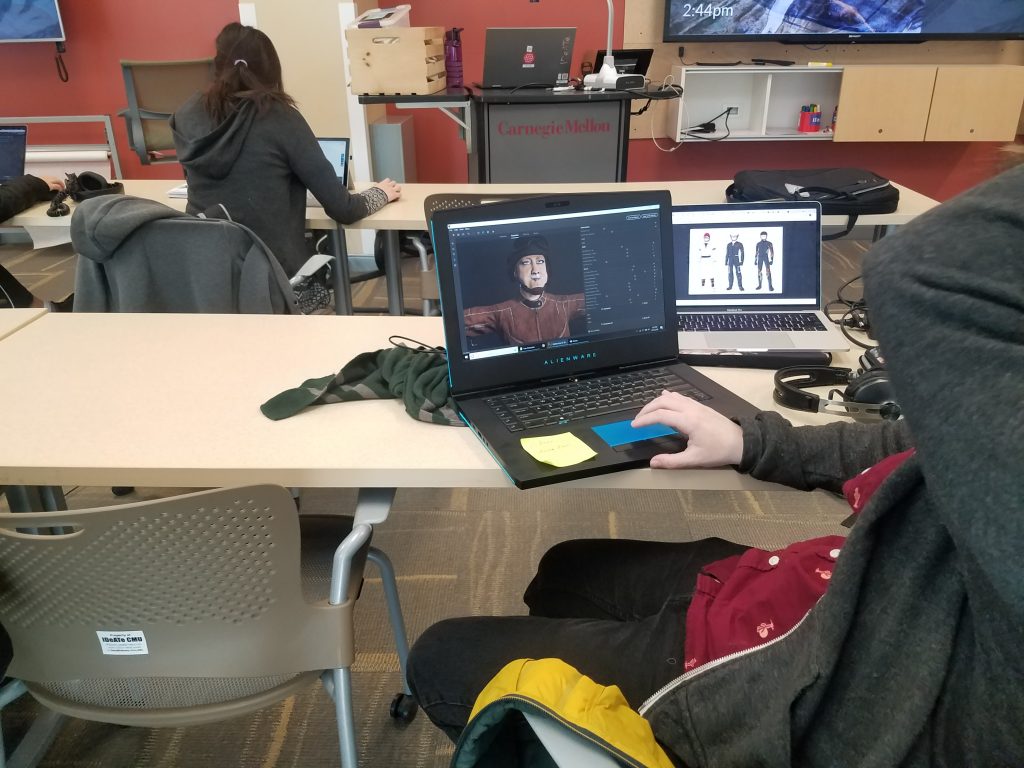
Character Animation
After getting the running and pushing animation to work together in MotionBuilder — a 3D animation software by Autodesk that excels in combining two separate animations into one — we got our first look at the pusher models and their animations in the game:
With running and pushing now handled, our animation team is looking into creating animations for the more “unique” actions in the game. The swish of a flagbearer’s flag to mark the start of a turn, the stance of a driver as they lean into a tight turn, and driver idle animations are just a handful of examples for what’s next in the pipeline.
Fortunately, we have access to the use of a “motion capture” (or “mocap” for short) lab at CMU, which would give the students a chance to record the animations themselves — much like how a CG movie would use mocap on the big screen!
Buggy Models
We have several new buggy models this last week, putting us well on our way to hitting our target for Alpha! Although we hope to include additional buggies in the final release, the Alpha-stage buggies will need to be refined significantly before that call can be made.
So, let’s kick this off with a fan-favorite: Le Societe Herpolhodique’s Herpole Hode, otherwise known as The Bathtub!
Additionally, we have the oldest-known photographed (winning) buggy, the 1921 Iota Sigma Delta buggy!

Next up, Fringe’s first multi-year buggy, the 1970 Baby Leroy, and CIA’s first buggy with a dropping pushbar, Stealth!
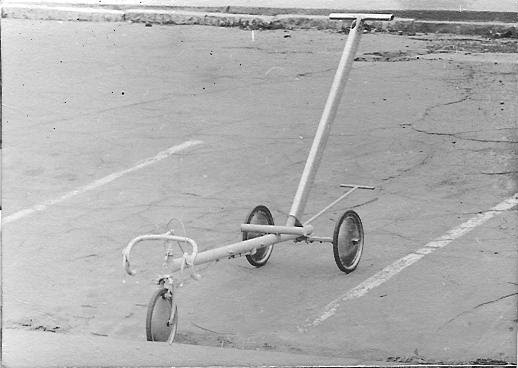
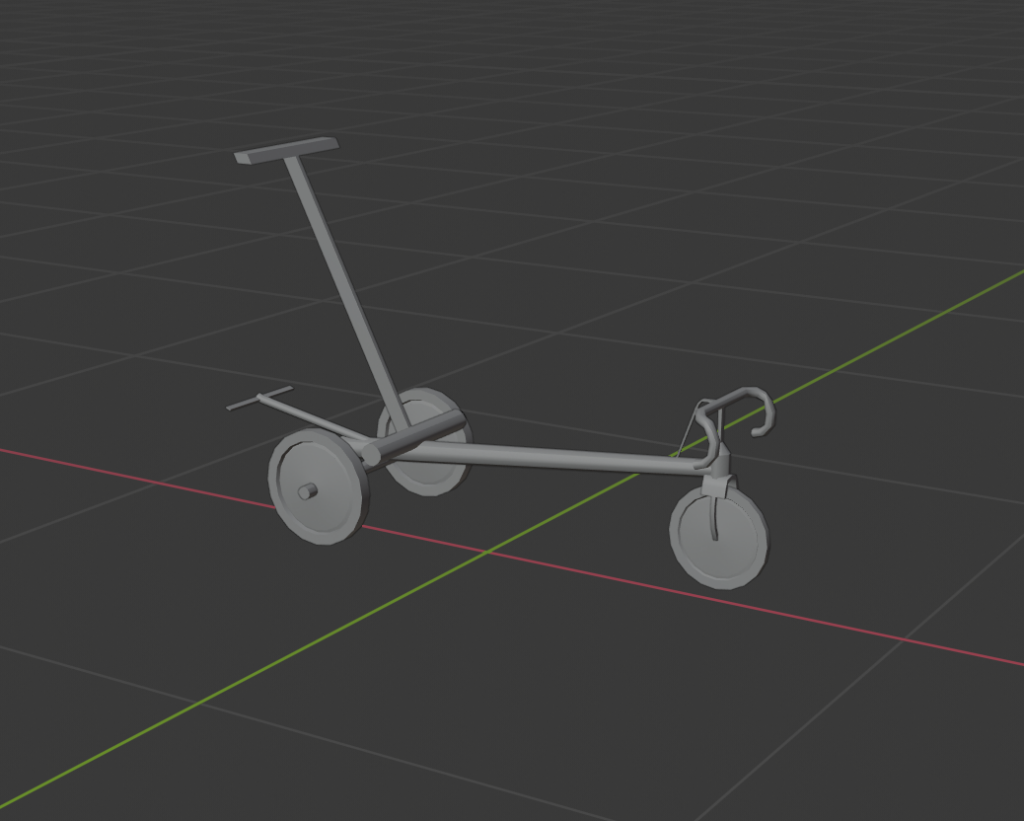
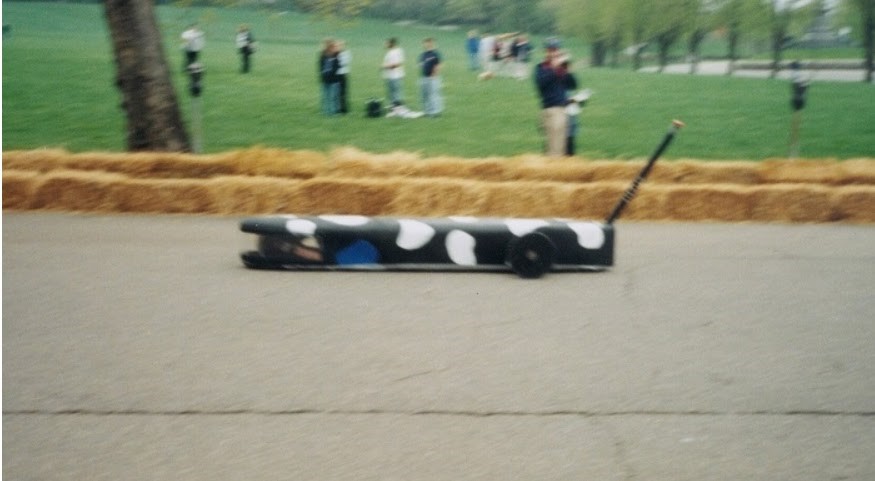
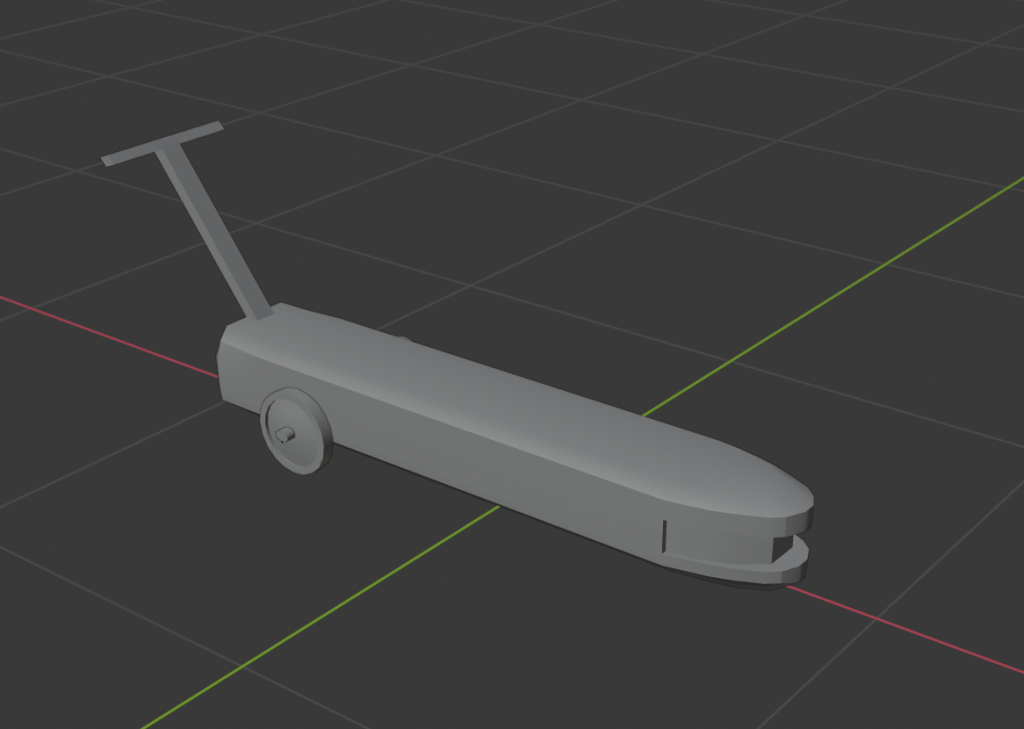
Next in the roster, we have this week’s textured buggy: CIA’s Ascension!
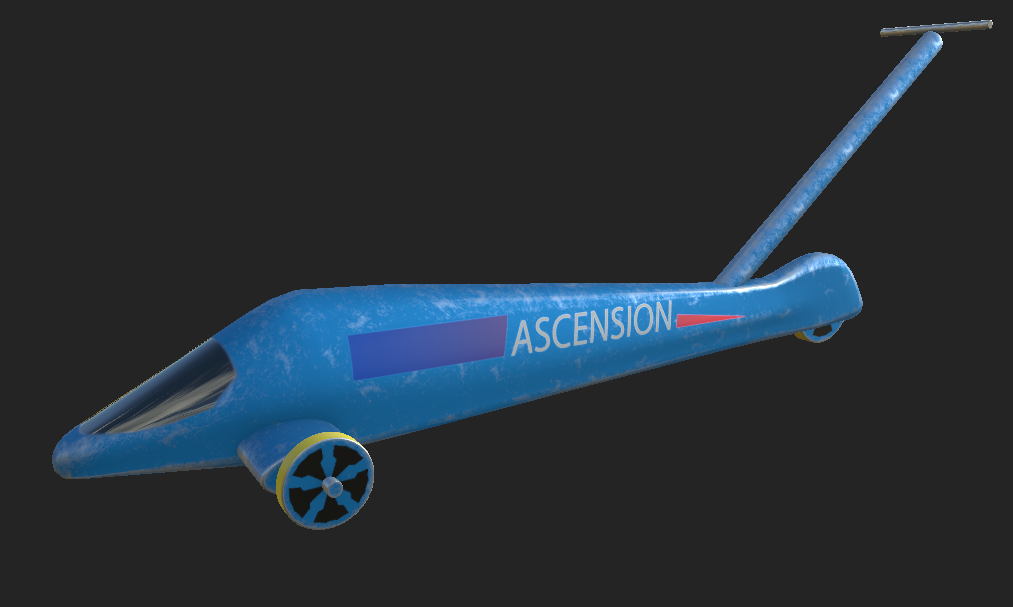
And finally, our Art Team had the special privilege of getting into the workshop for the CMU Robotic’s Club buggy — Robobuggy — to take some photos for reference.
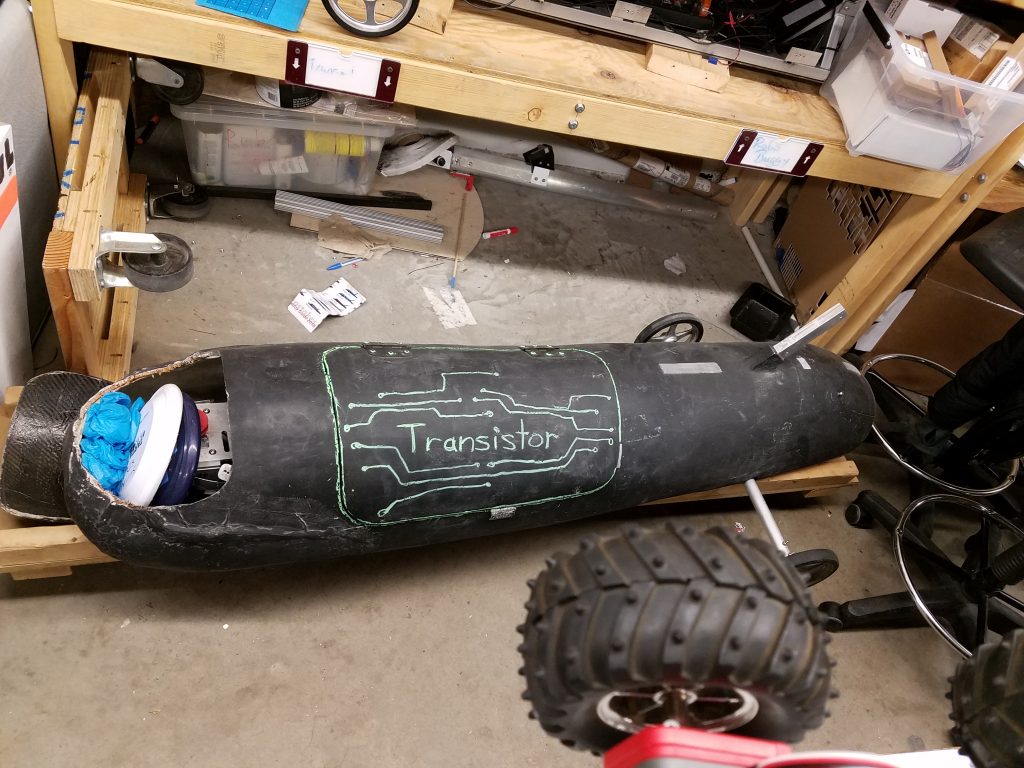
By special request, Robobuggy will be making an appearance in the game.
“Prop” Assets
With buggies and buildings well underway and nearing the first pass’ completion, our artists have started to take on the massive list of “prop” assets that will add some color and character to our world.
Beyond their aesthetic and contextual purposes, props like these help ground the player in space, or add to a sense of speed as these objects fly past their periphery.
Design
With UI almost ready for implementation and Carnival less than two months away, the Design team is changing gears to focus on the “experience” of the whole event, beyond just the game itself. What will the room we set up in look like? How will we get our players into the right headspace for the game? How are we handling the lines, and what if someone gets nauseous while in the game?
Content Design
To answer some of these questions, the Content Design team is looking at Disney rides as a source of inspiration and a master class in how to make something as simple as waiting in line part of the experience.
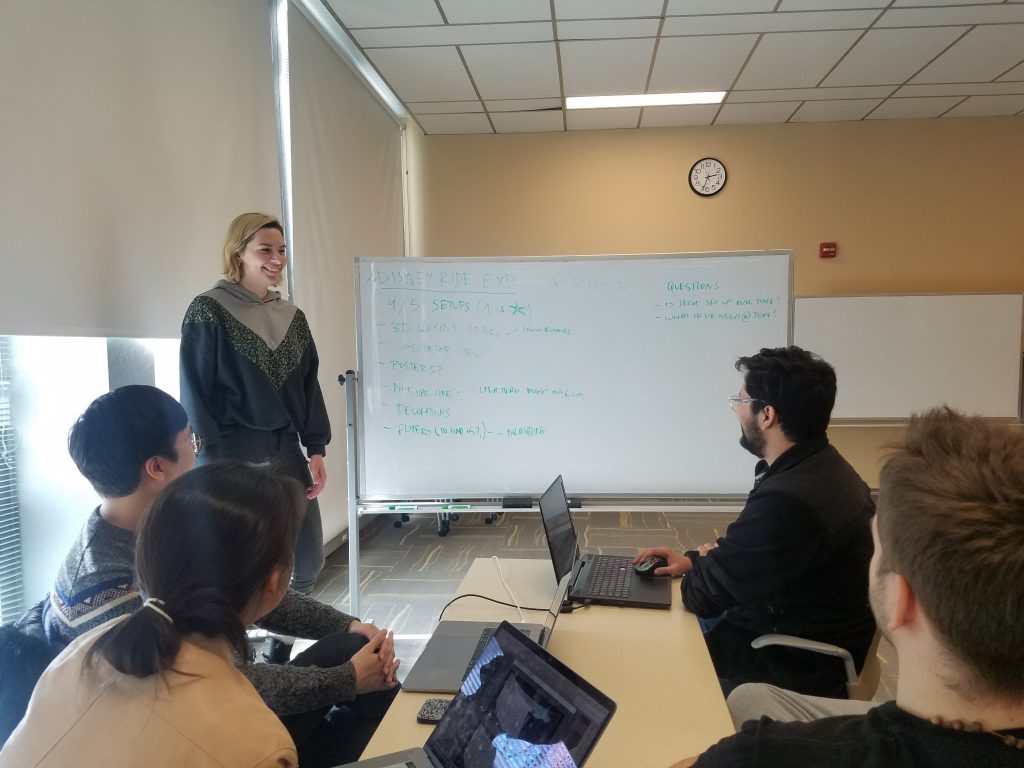
The spectator view system will be a large part of that experience, giving players something active to look at while they wait. But that’s only one possible component, and our design team wants to consider all of the options.
For example, a new idea that was brought up is the possibility of using additional hardware like a Looking Glass to give players an up-close look at the buggies they’ll race in-game!

The Looking Glass (pictured above) is a piece of hardware that creates holographic, three dimensional models that can be animated and displayed. By setting up one (or two!) of these around the queue of players, we can engage them with more than a simple display.
UI Design
Following up on last week’s playtesting information, the UI team has honed in on one cockpit design that they will continue to develop and implement in game:
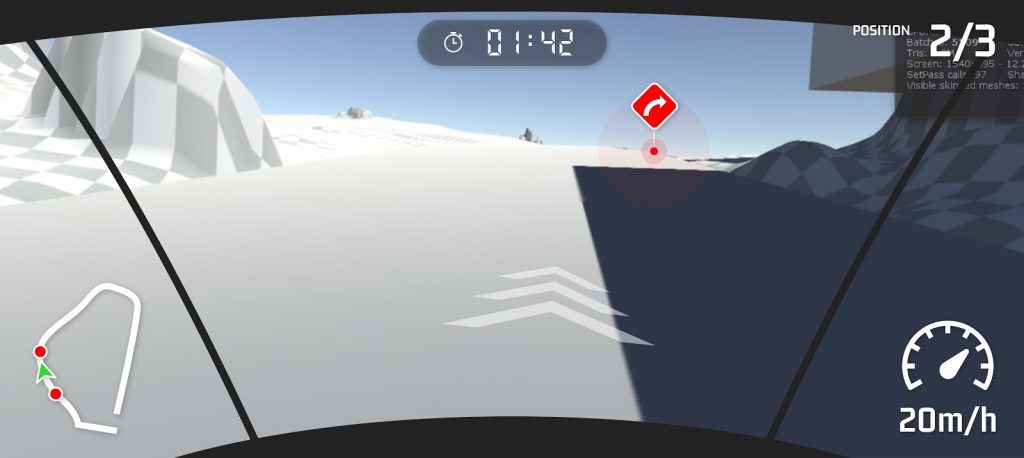
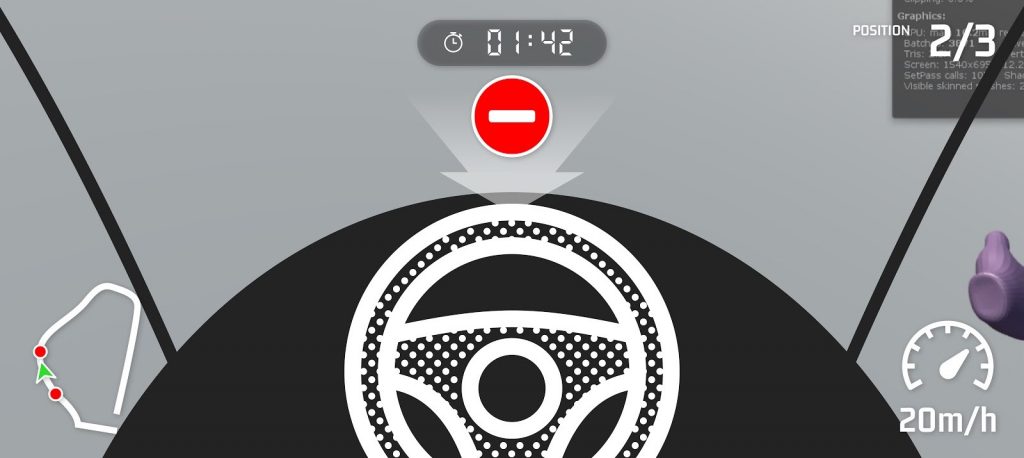
This design has the benefit of a thin wireframe that helps the player feel like they’re inside a buggy, without being too claustrophobic for new players. However, testing showed that being closer to the wheel feels better (i.e. faster and more realistic), so the implementation of this design will take that into account: raising the steering wheel to be more consistently in view.
Although this design had a positive response from interview testing, the closed-cockpit still needs to be tested in-game as it might be problematic if and when players decide to move their heads in a way that clips through the model. As a potential solution to that problem, the UI team is also looking at helmet-based UI scheme, with sketches for that coming next week!
Sound
With SFX sampled and on their way into the Unity pipeline (after some hiccups getting FMOD to integrate properly), Sound’s goals for the end of Alpha are to build a sense of auditory immersion. Right now, the game feels empty: the lack of objects and sound gets a little boring, and it doesn’t make the player feel like they’re racing down a hill.
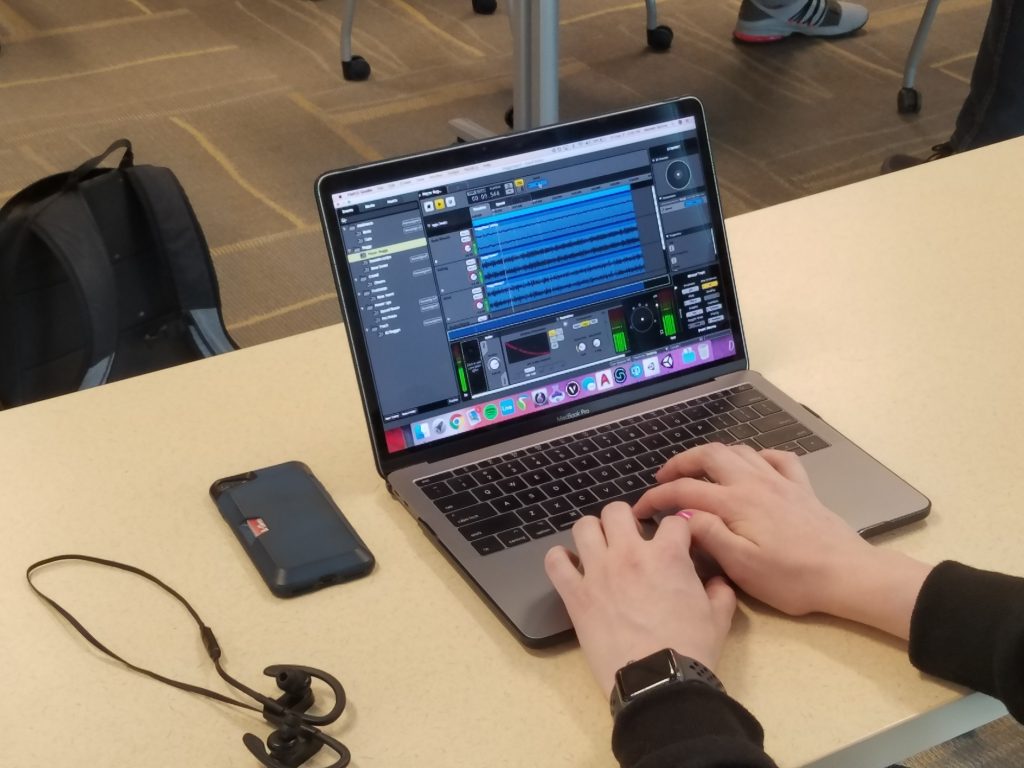
So, in the coming week, we aim to have the following sounds in the game:
- The sound of the buggy rolling on the track (included in last week’s post) augmented by the rush of wind when traveling at high speeds
- A slight “rattle” for when the player hits a pothole
- Another “rattle” for when the player makes sharp turns
- A “boost” or whoosh of when when hitting a boost pad
Additionally, the need for voiceover is becoming increasingly relevant: now that players are starting to get an idea of what the game is and where it takes place, they’re noticing a lack of context for what they’re doing and why. Plus, voiceover can be notoriously difficult to get right: it can be too cheesy, or not cheesy enough; it can be too loud or too soft; or it could just be poorly timed and needs to be tweaked to fit the rhythm of the game.
We aim to have our “scratch” (or test) recordings done in the coming week, using something like the above script as a guideline, and will implement the relevant lines for testing shortly thereafter.
Code
This week, coding effort was focused on tuning the gameplay and mechanics, as well as fixing some bugs that cropped up along the way.
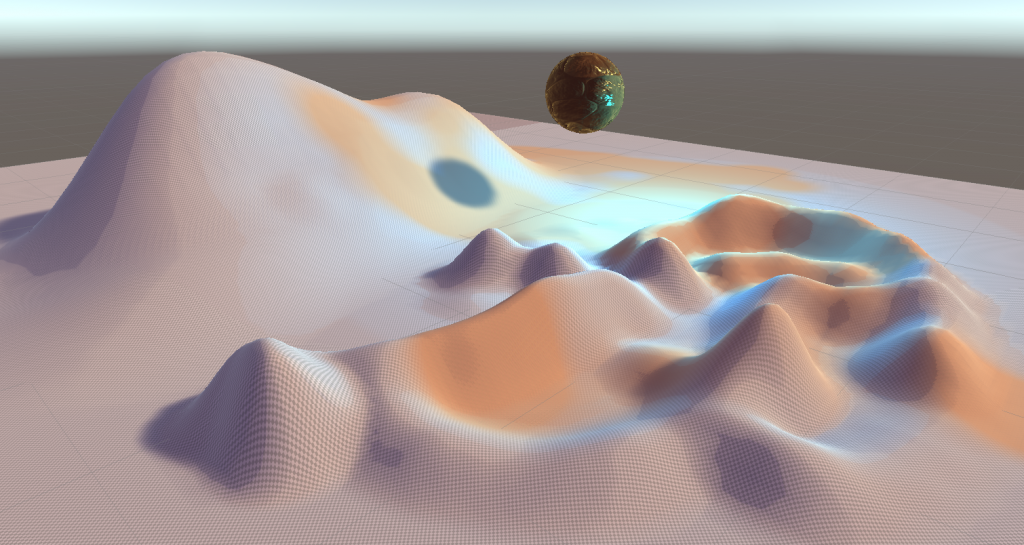
However, progress was made on the visual side of things, as you can see by the image above and the video below!
Bugs in Buggy
As is always the case when introducing new features, we came across a few small bugs that had the potential to cause larger problems down the line.
Fortunately, our programming task force is on the job, and are on their way to settling these issues:
- Visual glitch on the buggy steering wheel, similar to distorted/lagging frame rate — Squashed!
- Player can still “spin out” when bumping into boundaries — A work-in-progress, but this is just a matter of tuning!
Looking Ahead
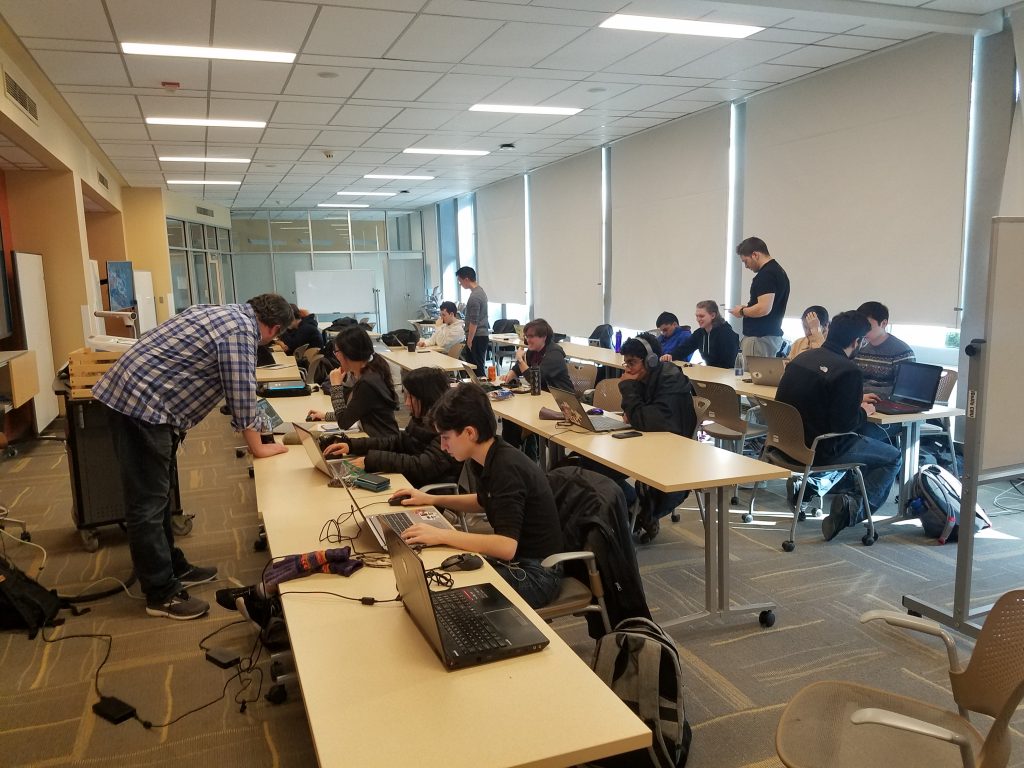
Next week’s goals
Although this week saw some progress in terms of visuals and design, it was largely setting the groundwork for the week to come. The final collection of preliminary art assets, sound, and design concepts that make up Alpha will largely make their appearance by the end of next week.
For some highlights, we hope to have the following in game next week:
- Spectator view up and running
- Props/Trees to give a sense of space
- Shaders on the terrain and various objects
- A design for the “Disney” side of things
- Sound for various elements in the game
See you next week!
